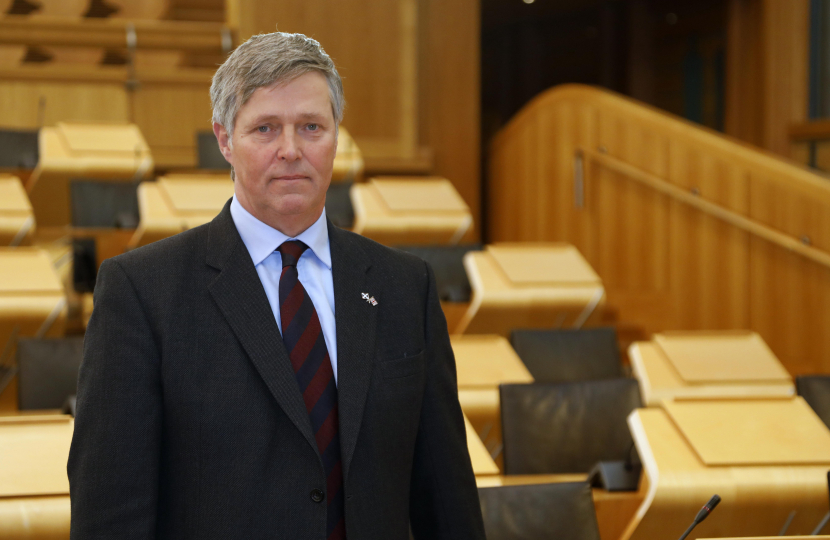
As we enter autumn, attentions are now turning to how we can best prepare rural Scotland for the winter ahead.
Whether it is the delivery of healthcare or support for how we heat our homes, rural communities across the far north need to know the right plans are in place.
The number of constituents who have contacted me to set out their struggles in receiving their winter vaccination suggests that the current plans need more than just fine-tuning.
Stories of elderly and vulnerable people being offered vaccinations in distant locations and at times which are not conducive with public transport are not uncommon.
Indeed, I raised this issue with the Scottish Government’s Health Secretary, setting out how an elderly couple in the Highlands were expected to receive their vaccine on two different days and in two different locations. How is this acceptable? It simply isn’t and the Health Secretary conceded the situation was “regrettable”.
This is why I continue to favour local GPs in rural areas rolling out the vaccines, as they did so effectively at the outset of the pandemic.
Many will question why this can’t happen again. The reason is the new GP contract in 2018 gradually moved vaccinations away from GPs and centralised delivery with NHS boards instead.
While this ‘one-size fits all’ approach may work in the central belt, it is evidently unsuitable for the Highlands.
I believe it’s now time for an independent panel to be set up and to be tasked with reviewing if the current GP contract truly delivers for communities in the Highlands, especially when it comes to vaccine rollouts.
The unique needs of our rural communities must be considered when national policies are devised. This is crucial for the delivery of healthcare but also other policy areas too, such as heating and housing.
The twin challenges of the climate emergency and the energy crisis mean it is necessary to make our homes more energy efficient. We know what the winters can be like in the far north so the sooner upgrades are rolled out, the better.
Currently the Scottish Government is proposing that private rented homes will have to be upgraded to EPC C by 2025. However, the target for social housing is less ambitious, with all re-let homes having to reach EPC D by the end of 2025.
This begs the question, why should social home renters have to wait longer for energy performance upgrades?
Perhaps it is due to the huge cost pressures of these much-needed renovations, an issue I raised in the net zero, energy and transport committee recently.
In Wick, for example, there are 527 homes that fall below EPC C and many of these upgrades will be complex and, for older housing stock, potentially unachievable. As a former surveyor, I would estimate an average cost of £40,000 per home to achieve an EPC C rating, which means a £21 million budget would need to be found for social housing in Wick alone.
That’s a phenomenal sum of money and just the tip of the iceberg of what cost pressures are being placed on social and private landlords. Whether it's funding or timescales, the Scottish Government needs to set out what support will be made available.
It is vital that the far north is prepared for the winters ahead. Highlanders need their energy performance upgrades and their vaccines too. Crucially, these need to be delivered in a way which is best suited to the Highlands, which is what I will continue to campaign for.
**Originally published in The John O'Groat Journal, 28 September 2022

